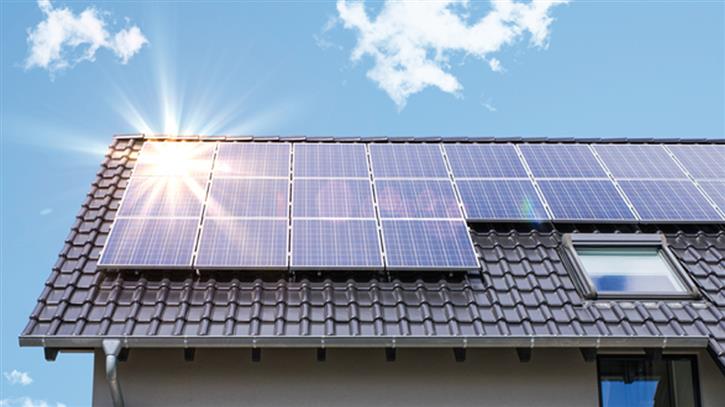


We are entering an exciting time in domestic energy production, explains Isaac Occhipinti, Head of External Affairs at the Hot Water Association, with more opportunities opening up for consumers to control and generate their energy.
Rapid changes are empowering consumers in ways that have not been seen before in the energy industry, but they also carry with them immense challenges for our grid infrastructure, which must be factored into decisions on our future energy system.
The subject of ‘renewables’ has been dominating the heating industry agenda for some years now. According to the recent Energy and Climate Change Public Attitude Tracker from the Department of Business, Energy & Industrial Strategy, solar PV is the most popular renewable energy in the UK, and deployment reached 5,100Mw installed capacity at the end of June.
However, the past few years have seen a steady withdrawal of government financial mechanisms for renewable energy, with some technologies left with no support for new development. Government incentive schemes have created periods of short term demand, and uncertainty for the industry, such as the government’s Feed-in Tariffs (FiT) scheme – a programme designed to promote the uptake of renewable and low-carbon electricity generation technologies.
The closure of the FiT scheme to new applicants from next April marks the final chapter for the scheme, which has encouraged more than 920,000 households to install solar PV since it was launched in 2010. Installations have slowed since incentives were cut in 2016. So, will the removal of subsidy cast a cloud over the solar PV industry?
The Hot Water Association (HWA) believes that, while removal of subsidies will have an initial impact on installation figures, the long term future and potential looks bright for existing and future owners of solar PV systems.
Existing owners will, of course, continue to receive FiT payments for 20 years from the date they had the technology installed (10 years for CHP) – or even 25 years for those who first benefited from the FiT scheme. But the real value lies beyond tariff payments.
Despite the unexpectedly rapid proliferation of solar PV since 2010, very few studies into getting the best value from an installed system have been conducted.
The perceived wisdom has been that it is best for system owners to export all of their excess electricity in return for a flat rate calculated from the total generating capacity of their installation.
This is now beginning to change with the development and promotion of domestic battery storage technologies, which can help flatten out peak and troughs in domestic electricity demand by storing excess energy, providing system owners with large savings in the process.
However, there is an alternative way of storing energy, by combining solar PV and a hot water cylinder to create a ‘thermal battery’. This is done by using a solar diverter alongside a hot water cylinder, technologies which are readily available and cheaper than large batteries.
This alternative use for excess electricity from solar PV could maximise a householder’s return on their investment, while also reducing strain on the electricity grid.
If the UK is to increase its use of renewable technologies, there is one thing that cannot be emphasised enough.
Storage of some sort is mandatory to harvest renewable energy, and hot water storage is the only practical solution to turning the energy into something useful and banking it for when it needs to be used.
Water storage cylinders act as the heart of an alternative energy system. There are cylinders designed for use with one energy source available, as well as products which can take input from multiple heat sources.
Whatever the requirement, there is a cylinder capable of fulfilling the needs of the source and the household. Many manufacturers also offer fully bespoke solutions to suit any installation requirement.
The varying options available display how the hot water industry is evolving with demand and delivering the goods needed to support the UK’s carbon reduction targets.
Our question now is: why isn’t the government recognising the importance of hot water storage? They have it in their power to promote the existing technology and, while some sections of government are listening, action is required.
If you'd like to keep up-to-date with the latest developments in the heating and plumbing industry, why not subscribe to our weekly newsletters? Just click the button below and you can ensure all the latest industry news and new product information lands in your inbox every week.